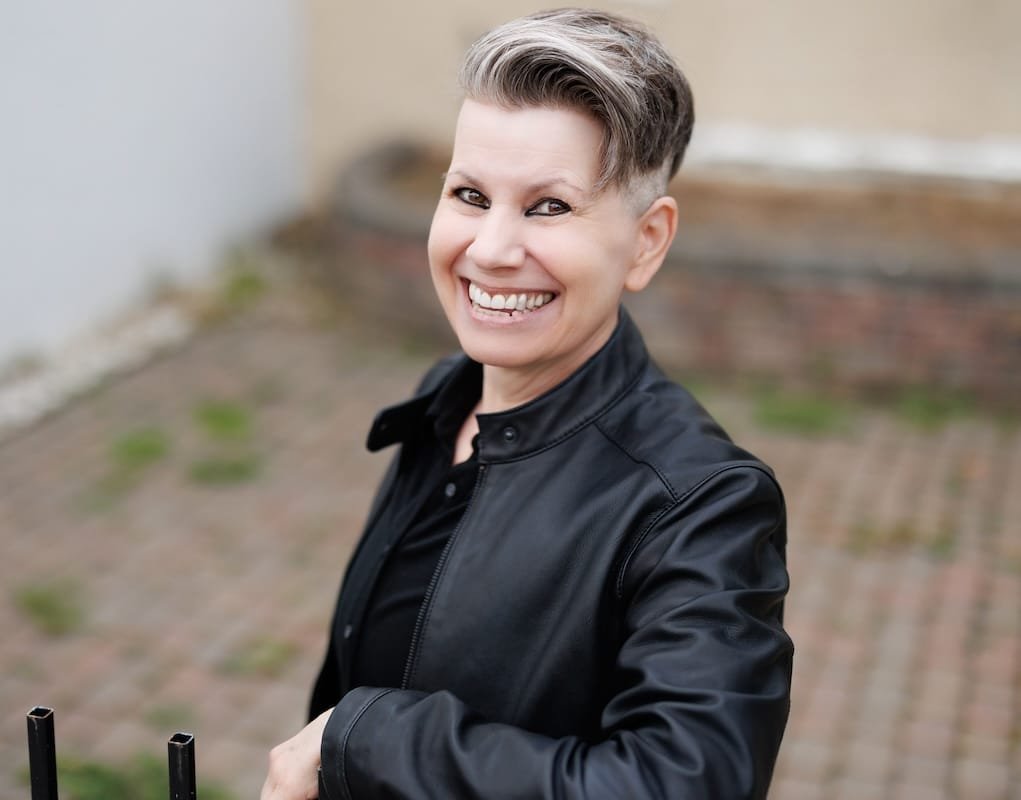This experience taught me the important lesson that it was time to reduce anxiety: I was sitting in my car surrounded by other cars. The traffic jam on the highway seemed endless. I felt trapped. My hands started sweating. I could hardly breathe. How much longer would this take? I dreaded the idea to drive for another four hours. I could sense my heart rate increasing. Luckily, I saw an exit sign that allowed me to leave the highway. I phoned my partner and told him that I couldn’t come. We had planned to spend the weekend in the town where his parents lived. I turned my car around and drove home. At that moment, I knew that my anxiety had gotten out of control and that I had to take care of it.
What is anxiety?
Anxiety is a natural part of our human experience. It shows up if our autonomic nervous system responds to cues of danger in our internal or external environment. Usually, the anxiety eases if the cue of danger has gone. In many cases, anxiety doesn’t affect our lives negatively and doesn’t need special attention.
However, anxiety may take over and start to control our lives. Overall, anxiety is one of the most common mental health issues. Occasionally, anxiety can also be a symptoms of underlying traumatic experiences. In my case of anxiety, it had started small and quite unconscious – I avoided flying to visit my friends. Over time, it expanded to driving in a car (which I used to love). The more anxious I felt, the more I avoided the situations that made me anxious.
While avoidance often appears like a useful coping mechanism, it may be the start of a vicious cycle where our lives get smaller and smaller. If anxiety limits your life, it is useful to take action to break free from the vicious cycle. It is possible to reduce anxiety with the appropriate tools and support. Want to dive deeper into anxiety and how it connects to your autonomic nervous system? Check out the ‘Polyvagal Theory‘ and ‘Window of Tolerance‘ episodes on the Trauma Demystified podcast for valuable insights!
Systemic oppression and anxiety
As for other mental health issues, anxiety can be interconnected with experiences of systemic racism and/or oppression. Just to give you some examples: Racial profiling and microaggressions increase stress for BIPOC people and may result in heightened anxiety.
People who belong to the LGBTQ2S+ community may experience anxiety due to prejudices and discrimination. While these social dynamics are not ok, individuals who are targeted by them often need to deal with the negative impact on their mental health. Therefore, it can be essential to find effective strategies to reduce anxiety.
4 Strategies to reduce anxiety
If you experience anxiety, here are some tools that might be helpful. Please note that each individual is different. If these tools don’t work for you, it doesn’t mean that there’s something wrong with you. It just means that it is not the correct tool for you at this moment.
Interrupting the worry loop to reduce anxiety
Worries are the cognitive side of anxiety, i.e. we repetitively think about problems again and again. If worries are taking over, the following tool can be useful to contain them.
- Step 1: Spend dedicated time during the day to allow yourself to worry. For example, spend 10 minutes every day and write down everything you worry about.
- Step 2: Put your worries into an envelope.
- Step 3: Distract yourself by doing something different. For some people, it’s helpful to go for a walk, and some people listen to music or start to dance.
Reducing anxiety by adjusting the diet
Anxiety affects our bodies and increases the level of stress. If we are in a fight and flight response, our digestive system slows down or doesn’t work at all. Therefore, it is essential that we reduce additional stress in our bodies as much as possible. Processed foods, unnatural chemicals, and toxins as well as dehydration add to the stress within our bodies. Drinking enough water and increasing the level of unprocessed, natural, and whole foods in our diet can be helpful to decrease the level of stress in our bodies.
Yoga to decrease anxiety
Yoga can support us in managing stress and emotions. Additionally, research shows that yoga is beneficial to reduce anxiety and depression. There are many different forms of yoga available so that you can choose which one you prefer. Personally, I love Ashtanga Yoga which is a very dynamic form of Yoga and it helped me greatly in my healing journey. However, there are many other yoga forms such as Yin Yoga, Iyengar Yoga, or Kundalini Yoga.
Visualization to develop inner calmness
Visualizations can be powerful to calm down our minds and nervous system. There are many different visualizations out there so I’d invite you to experiment with them. Visualizing is easy for some people and more difficult for others. If you don’t like visualizing, you can just go through them by “thinking” as if you tell yourself a story. The following visualization allows you to create an inner place where you feel safe. It can help you to reduce anxiety and create a sense of inner safety. As with many other practices, the effect improves the more regularly we practice them.
I hope that some of these coping strategies help you to reduce anxiety. Which one do you want to experiment with?
Reducing anxiety is an inner process. Please keep in mind that it takes practices for these tools to work. Have patience and be gentle with yourself. Curious about learning more practical tools for healing? Tune into the episode ‘5 Effective Trauma Counselling Techniques’ for valuable insights.
Sources
Davis, E., & Marchand, J. (2021). Attachment and dissociation assessment and treatment [Online professional training]. R. Cassidey Seminars
Enns, V. (2020). Anxiety: Practical intervention strategies [Online training]. Crisis and Trauma Resource Institute.
Franke, U. (2009). Wenn ich die Augen schließe, kann ich dich sehen: Familienstellen in der Einzeltherapie und -beratung – Ein Handbuch für die Praxis [When I close my eyes, I can see you: Family constellations in individual therapy and counseling – A handbook for practice]. Carl-Auer



